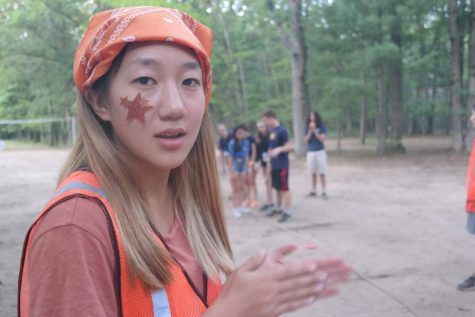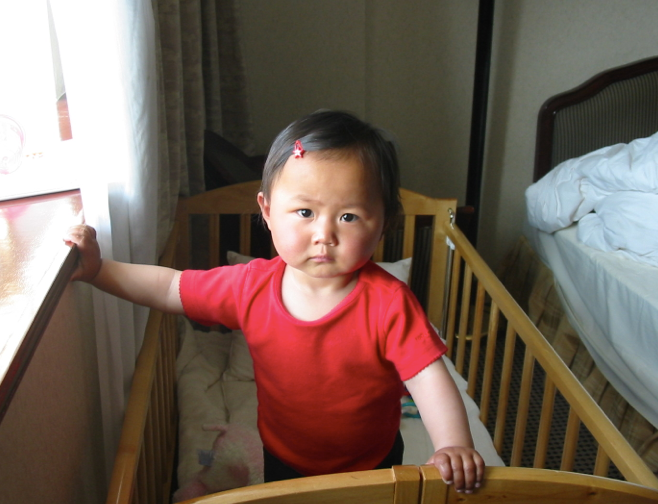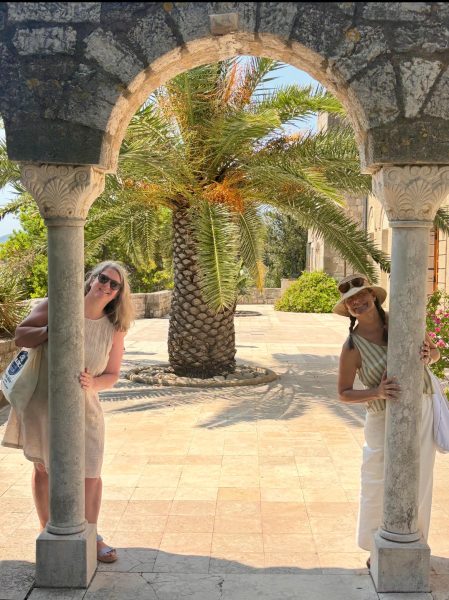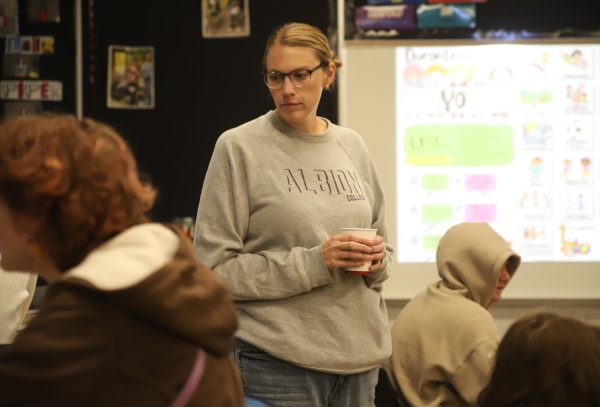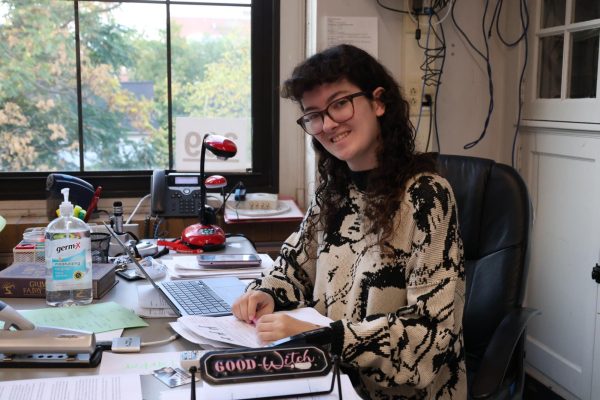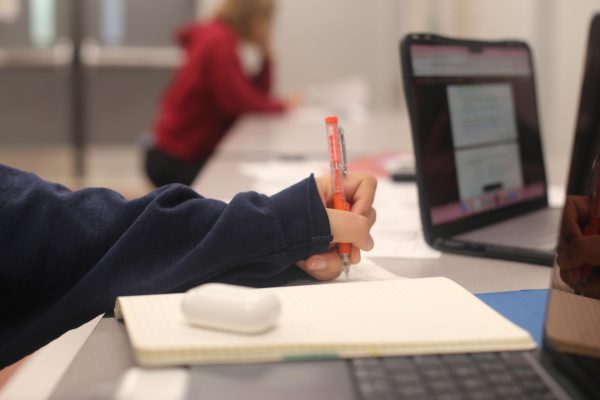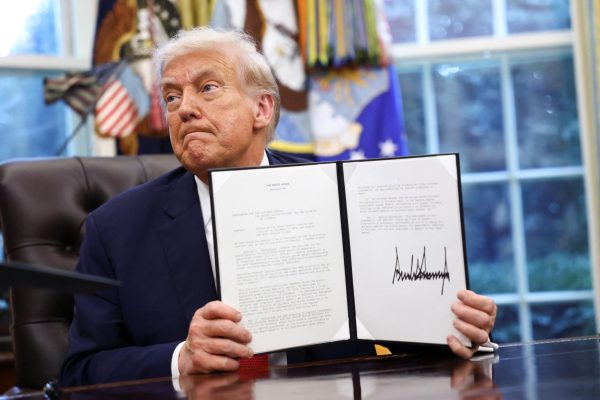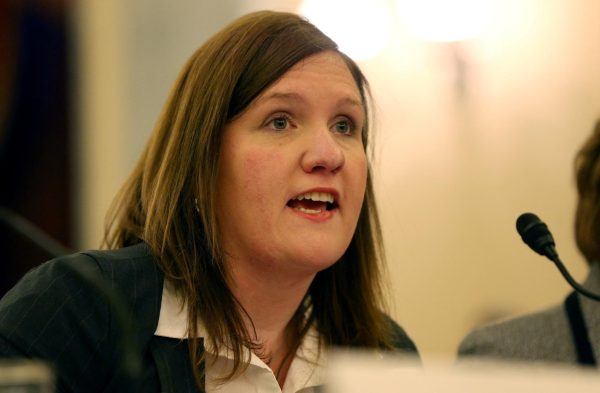Immigration, isolation and connection: adoption in the 21st century
In a hotel room in Guangzhou, filled with young Chinese children, some sobbing and screaming, Lyra Boyce found herself overwhelmed. She wasn’t thinking about herself, but absorbing the situation slowly as her father, one of a handful of prospective parents, took a screaming, crying child to a separate room. The little girl cried and kept calling for her caretakers, whom she called her mothers.
This five year old girl, who ceased her crying when given a little toy, was soon to be Boyce’s sister, Noa.
Boyce is now 18 years old but remembers the adventure bringing Noa home to America: needing a translator for Noa at the doctor’s; dealing with Noa’s fear of their dog; enduring the initial silence between her and the family. Boyce remembers sitting on a bed across from her new sister and just staring blankly. It would be about two weeks before her sister began communicating with her new family.
Boyce remembers vivid details from Noa’s first years in America, but doesn’t remember her own adoption; she was only about two years old when she was adopted on March 30, 2003.
Noa’s adoption was Boyce’s first trip back to China after her own adoption: it was an exciting return to her homeland. Even with the odd looks from locals — confused as to why an Asian child like Boyce was with white adults — she still felt like China was a home. But as she grew older, this whimsical idea of China being a haven faded away, even as peers constantly asked if she wanted to go back and visit her biological parents.
“Thanks for giving birth to me,” Boyce said. “But I don’t want to see you. I don’t have any feelings for you.”
Living on the same street as Boyce is Josie Leydenfrost, a senior just like Boyce. In fact, their street has an unusually large concentration of adopted children – with four different adoptees living on her block.
Leydenfrost also hails from China, although from a different part of the country and a different adoption agency.
Her records—like many of those adopted from China, including Boyce, in the 2000s—don’t show much except generic information, like her medical history. The most documentation Boyce and Leydenfrost have is comprised of her adoptive parents’ paperwork but no information on who found her and who her caretakers were.
Genetic tests, that Leydenfrost and Boyce have both taken, do not yet have the scope to find birth parents of adoptees. All Leydenfrost knows about her birth parents is that they left her outside the orphanage she was found and later adopted through, which for her, showed that her birth family did care about her by leaving in the best position to be found. Yet Leydenfrost still lacks the resources to find her birth parents, and until then, she isn’t planning to “find” them either.
“It’s not that I’m not interested in finding my birth parents, or that I don’t feel ready to it’s that I know in my case, there isn’t a lot of information to go off of,” Leydenfrost said. “I’m open to anything happening but there’s nothing to go off of.”
Because the window for Chinese adoption only opened in 1993, many Chinese adoptees like Leydenfrost and both the Boyce siblings are a relatively new population, compared to the population of South Korean adoptees, who began sending kids for adoption 40 years prior to China. South Korean adoption reached its peak with 65,000 Korean children sent overseas between 1980 and 1989.
The surge of adult Korean adoptees have created more organizations and tools, like Global Overseas Adoptees’ Link (GOAL), to help Korean adoptees regain dual citizenship and understand their own pasts. For Chinese adoptees, dual citizenship is not recognized in China and the lack of both physical paperwork and emotional connections to their homeland can leave adoptees feeling lost.
Leydenfrost has expressed her hopes to become culturally connected despite the information she lacks through speaking Chinese and traveling to China. But one of the most important connections she has to her past is with the annual Adopteen Conference, hosted every summer for a week in various places across the country. The conference focuses on public policy, social culture and current climate surrounding domestic and international adoptees.
Through Adopteen, which has hosted over 20 conferences in the past 11 years with over 1000 attendees, Leydenfrost has been able to find out that she is passionate about issues that affect adoptees.
One such issue is the high suicide rates of adoptees. One study conducted at the University of Minnesota from 1998 to 2008 found that the odds of a reported suicide attempt were four times greater in adoptees compared to non-adoptees.
Experts like former executive director of the Joint Council on International Services and adoptive parent Maureen McCauley, M.A., believe that the initial trauma of being abandoned, having little up-to-date medical history and not wanting to upset their adoptive parents with concerns of mental health plays into the higher rates of adoptee suicide.
Leydenfrost has experienced people citing her adoption experience as a reason against abortion. She has also experienced some people ignoring her immigrant status because she was adopted. Adopteen has provided a community where Leydenfrost can explore these issues through workshops like “History of Adoption.”
“We have very different experiences growing up yet we share this common thing: being adopted,” Leydenfrost said. “[It’s nice] to find that common ground and have discussions without pushing too many boundaries of where people are comfortable.”
Conferences like Adopteen become a type of therapy for Leydenfrost and the adoptees around her. Surrounded by other adoptees, Leydenfrost said, there is no reason to explain why her parents might look different or why she wants to connect with her culture. Instead, she can talk about why her and other adoptees, like Boyce, are unique in ways other than their adoption.
“Every adoptee is different,” Leydenfrost said. “Some adoptees hold a sense of resentment towards their birth country or their parents. It’s knowing that everybody has a different experience.”
